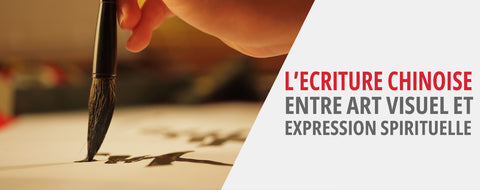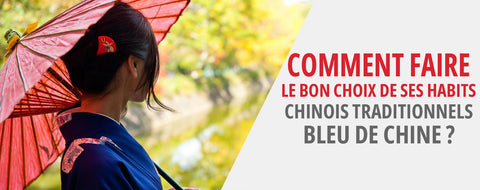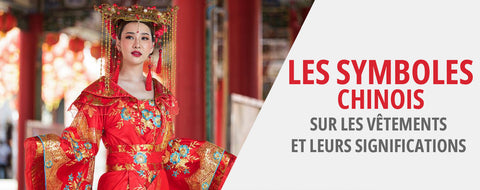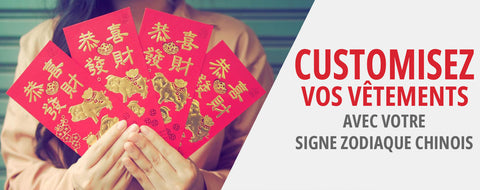
History and Meaning of Chinese Fan
reading - words
From the imperial family, to the nobles, to the poorest commoners, Chinese fans have played a very important role for all castes of Chinese society, and thus for Chinese culture and history. They are still very popular today, not only in China but also among Westerners. If you visit China during the summer, you can easily see people on the streets peacefully airing out their fans.
The Chinese fan has more than three thousand years of history behind it. It has undergone multiple evolutions throughout its history, and its only use was not to combat the heat. Here we will teach you everything you need to know about traditional Chinese fans.
History of the Chinese Fan
The Chinese invented the fans that are still so dear to Asian culture today, and archaeologists agree that the oldest fan discovered in Asia, dating from the 2nd century BC, originated in China, more precisely from the tomb of Mawangdui in Hunan Province. This ancient fan is made of woven bamboo and is believed to have been used by Royalty when traveling.
But if the oldest Chinese fan is more than 2,000 years old, the history of Chinese fans is much older, dating back more than 3,000 years, more precisely to the time of the Shang Dynasty (1600 to 1046 BC). But in its early days, the fan was used in a very different way. Called a Shanhan, the fan was then attached to a horse-drawn carriage, like a roof, in order to filter the heat of the sun and shelter the carriage during the rain. So, technically, the Shanhan is more like the umbrella modern than the handheld Chinese fan we all know today. That being said, the Shanhan later evolved into a long-handled fan called the Zhangshan, which is constructed from feathers or of fine silk fabricsAt that time, the Zhangshan was mainly used for decoration, and as part of the uniform of the Emperor's honor guard.
The first Chinese fan used in the way we know it today, to cool off, was invented during the Zhou Dynasty (1046-256 BC), over 2,000 years ago. The Chinese fan of that time was made mainly of feathers and was especially popular among the more rich and the nobility, since it was extremely expensive to make one at the time. During the Han Dynasty (206 BC – 220 AD), the fan became even more popular, especially when the more affordable bamboo fans and hand-woven reed leaf fans were invented, allowing ordinary people to own and use them.

The popularity of these fans continued until the Song Dynasty (960-1279 AD). Then, a new type of silk fan also appeared. These silk fans are of round shape, to resemble the moon, and are called "round fans" or Tuánshàn (团扇). Due to their small size and simplicity, round fans became popular, especially among young women. Later, these round fans took on other shapes, such as the shape of a sunflower or plum blossom, and for others, oval shapes. The handle is then engraved with beautiful patterns and designs, and is often adorned with jade pendants, while the fabric screen is often decorated with nature-inspired paintings, such as mountain landscapes or flowers. The rivets of the fan are mainly made of bamboo or animal bones. These round silk fans continued to be popular in ancient China for nearly 1,000 years, which also contributes to the popularity of fan painting as an important Chinese art form in ancient China and even to the present day.
Today, there are more than 500 types of fans different in China, some of which are highly regarded around the world.
Meaning of Chinese Fans
The meaning and value of Chinese fans have evolved over time. The round silk fan, or tuánshàn, for example, is modeled on the full moon, the full moon itself being a symbol of happiness and unity in China.
Before that, during the Zhou Dynasty, about 2,000 years ago, the Chinese fan was believed to symbolize wisdom and authority, with feather fans being used mainly by nobles. By the time of the Song Dynasty, when Chinese fans became the norm for the common people, the paint fan painting has become very popular and, as mentioned, fan painting has thus become a form of folk art in its own right. Paintings of birds and flowers, for example, symbolize beauty and grace and have become the preferred motif for young women to use on their fans. Scholars, however, prefer fans decorated with calligraphy and depictions of ancient stories, which symbolize wisdom and knowledge. Mythological creatures are also popular choices in fan painting. dragons, for example, are frequently depicted in men's fans, while women generally prefer phoenixes.

In these modern times, symbolism and philosophy may not be as important as they once were, but some people may seek out fans with specific designs that could symbolize a certain value or be considered lucky. So check out our collection of chinese fans to find the range that suits you best.
Types of Chinese Fans
The feather fan
As the name suggests, this type of fan is made of bird feathers and has existed since the Zhou Dynasty. It is commonly used among the imperial family and aristocrats, and is widely recognized in ancient China as a symbol of wealth, authority, and wisdom.
Folding fan
The folding fan is mainly characterized by its ability to fold into a shape that is easy to carry. The folding fan was invented not by the Chinese, but by the Japanese. Folding fans were introduced to the Middle Kingdom through trade around the 7th or 8th century, and became an important part of Chinese heritage. They became very popular, especially during the Song and Ming dynasties.
Bamboo fan
It is also often known as the commoner's fan, as this fan was much less expensive to make than its predecessors, and thus made fans accessible to the poorest Chinese. Made popular during the Han Dynasty (206 BC - 220 BC), bamboo fans were therefore much more affordable than older ones, such as those made from animal bones for the fan's ribs, and were thus widely used at this time.
Silk fan
Famous especially during the Southern and Northern Dynasties (420 - 589), silk was woven into a round shape, the shape of the full moon. It is therefore also called "round fan" or Tuánshàn. It was widely used in the imperial palace, especially among young Chinese women, because of its delicate patterns and feminine shape.
Inscribed fan
The inscribed fan is characterized by the inscribed calligraphy, number, Chinese sign or Mandarin character which can symbolize a specific meaning of each design. It is commonly accepted as the symbol of knowledge and wisdom, and is therefore popular among scholars in ancient China.
Paper fan
As the name suggests, it is made of paper and its outer side is covered with some coatings such as lacquer or oil to protect it from water and make it more durable.
Palm Leaf Fan
It is relatively large and heavy, and traditionally has a really long and heavy handle. The palm leaf fan is sometimes colored green to make the dry palm leaves appear fresher.





